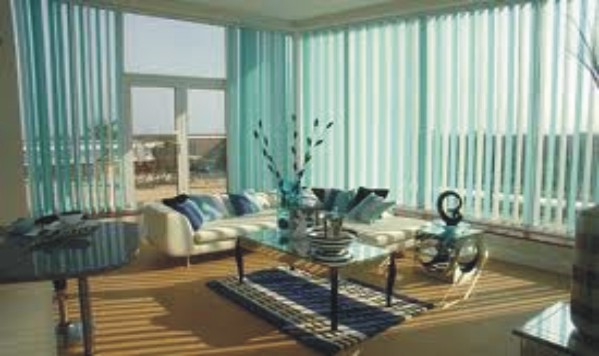By Aduaka .M
Soft furnishings are articles made for decoration of and use at home, offices, galleries, cars, hotels, ceremony grounds, halls, among others. They include such articles as table mats, foot mats, table covers, head and arm rest, scatter cushion throw pillows, curtains, bed sheets, quitted and or plain throw pillows, tumbler/cup covers to mention a few.
MATERIALS OF SOFT FURNISHING:
The materials used for soft furnishings are readily available. Some of them can be got as waste pieces of fabrics from tailors or seamstress corners. The following are materials required:
a. Plain solid fabric/satin/adire and calico fabric.
b. Needle and thread with colours to match
c. Machine
d. Tape measure
e. Scissors
f. Waste materials (for appliqué designs)
METHOD OF PRODUCTION:
There are two methods of production
The industrial method and the manual method. The industrial method makes it possible to produce many quantity of the items (e.g. throw pillow) within a little time space. In the industries, there are division of labour; that each stage of production is manned by a different worker, who are usually an expert in the area.
The manual method involves the use of needle and thread seam ordinarily with foot or hand machines or with hand needle. The quantity to be produced at a set time or day will be considerably less compared with the quantity produced when using industrial machines.
MAKING A THROW PILLOW:
Throw pillows are one of the articles of soft furnishing. It is used for decoration. It is a very light and handy to be thrown around when one is relaxing.
HOW TO MAKE A THROW PILLOW WITHOUT FRILLS:
Cut two pieces of plain fabric to measure about 12”sq giving a seem allowance of 5”. Cut out different sizes of appliqué designs of other shapes and make them ready for attachment as being guided using thread your needle or machine. Then begin to attach the shapes or appliqués already designed on the right side of the two pieces of plain fabric.
Attach the appliqué designs maintaining an order as directed whether crazy or ordered appliqués with the right side of the fabric already attached with the appliqué facing each other sew the two pieces of fabric firth round leaving a gap of about 8” to allow for stuffing. Then turn the sewn fabric inside out with the right side outside. Then stuff to a reasonable size with soft materials such as wool, rags pieces of foam and so on. Then close neatly the space created with needle and thread.
IN CASE OF THROW PILLOW WITH FRILLS:
Cut 4 pieces two times the length of each of the cut two pieces of the plain fabric and 31/2” wide, knitting one edge of each piece.
Make a loose gather of each of the 4 pieces cut out to the length of the two cut out pieces of plain fabric.
Attach each frills to the edge of the right side of the fabric. Attach one piece of the two plain fabric originally cut on the four (4) sides. Then bring the second piece of the plain fabric with the right sides facing each other (that is the right side facing the right side) of the one with frills. Then sew together right round leaving about 8” gap for stuffing. Stuff accordingly as directed above you may attach appliqués as guided and directed above. Then neatly close the 8” gap.
USES OF THROW PILLOW:
The following are:
1. used for furniture beautification in bedrooms, sitting rooms and walls decorations.
2. used for relaxation like to rest ones hands, head, body rests.
3. used for decoration in hotels, offices, homes etc.
4. used for decoration in ceremonies and during important programmes and activities.
5. It is also used for decorations at churches, recreation centres among others.
CONCLUSION
It is important for children to attend this long holiday programme because it helps them to be self employed, and to be self reliant. It also increases their creative, artistic, initiative and innovative ability. The programme teaches children to be neat in their environment and it prepares young girls and boys to be prepared to face their household challenges. It also provide a forum for children from different homes, background and environments come and integrate, interact and socialize with one another.











